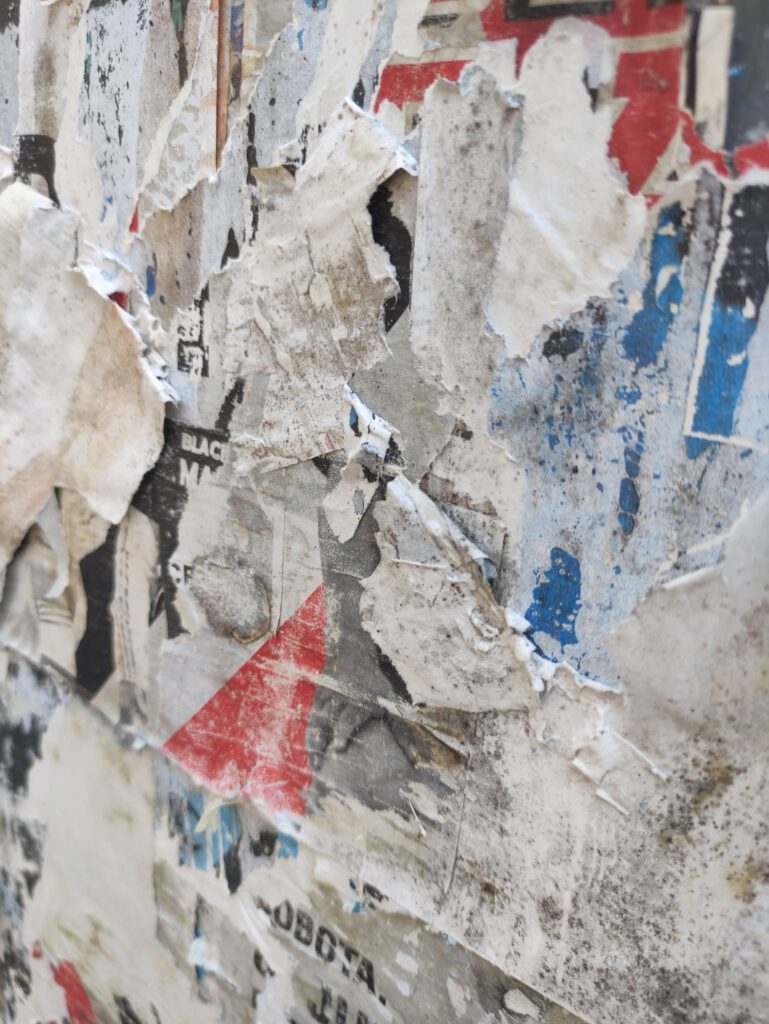Paper vs Paint Graffiti: Comparing Two Distinct Street Art Techniques
In the vibrant world of street art, both paper and paint graffiti offer unique methods for artistic expression, each with its own set of techniques and impacts. This article explores the distinctions between paper and paint graffiti, examining their characteristics, creative possibilities, and influence on urban environments.
Understanding Paper Graffiti
Paper graffiti is a technique that involves using paper elements as the primary medium for creating street art. This method typically includes paste-ups, stickers, and posters, which are applied to surfaces to create visually engaging pieces.
- Materials and Techniques: Paper graffiti often uses printed or hand-drawn designs on paper or other materials. Artists apply these elements to walls using adhesives or paste. This method allows for intricate and detailed designs that can be easily removed or replaced.
- Flexibility and Portability: One of the advantages of paper graffiti is its portability. Artists can create artwork in their studios and then paste it onto surfaces in urban environments. This flexibility makes it easier to experiment with different designs and materials.
- Temporary Nature: Paper graffiti tends to be more temporary compared to paint graffiti. The paper elements are susceptible to weathering and vandalism, which can affect their longevity.
Exploring Paint Graffiti
Paint graffiti, on the other hand, utilizes spray paint, rollers, or brushes to apply designs directly onto surfaces. This method encompasses a wide range of styles, from intricate murals to bold, abstract pieces.
- Materials and Techniques: Paint graffiti primarily involves using spray paint, although brushes and rollers can also be used. Artists create designs by applying paint directly to surfaces, allowing for vibrant colors, gradients, and detailed patterns.
- Durability and Permanence: Paint graffiti is generally more durable than paper graffiti. The paint adheres to surfaces more permanently, making it less susceptible to removal or damage. However, it can still be affected by environmental factors such as weathering and vandalism.
- Artistic Expression: Paint graffiti provides artists with a broad range of techniques and effects. From detailed murals to abstract designs, the flexibility of paint allows for diverse artistic expressions and large-scale projects.
Comparing the Two Techniques
Both paper and paint graffiti offer unique approaches to street art, each with its own advantages and challenges.
- Artistic Flexibility: Paper graffiti allows for detailed and pre-designed artwork that can be easily applied and changed. Paint graffiti offers a broader range of techniques and effects, enabling artists to create large-scale and complex designs directly on surfaces.
- Durability: Paint graffiti is generally more durable and permanent compared to paper graffiti, which is more susceptible to environmental damage and removal.
- Application and Removal: Paper graffiti can be applied and removed relatively easily, making it a flexible option for temporary art. Paint graffiti requires more effort to apply and remove but provides a more permanent presence on urban surfaces.
- Creative Possibilities: Both techniques offer unique creative possibilities. Paper graffiti allows for intricate and detailed designs, while paint graffiti provides a wide range of effects and large-scale applications.
Artistic Impact and Influence
The choice between paper and paint graffiti can influence the overall impact of the artwork on urban environments.
- Visual Impact: Paint graffiti often makes a bold and lasting visual statement, with its vibrant colors and large-scale designs. Paper graffiti can create striking visuals as well but is often more subtle and temporary.
- Cultural and Community Engagement: Both techniques contribute to urban culture and community engagement. Paper graffiti can be used for more temporary and experimental art, while paint graffiti often becomes a more permanent and integrated part of the urban landscape.
Challenges and Considerations
Artists must consider several factors when choosing between paper and paint graffiti.
- Legal Issues: Unauthorized graffiti, whether paper or paint, can be considered illegal vandalism. Artists should consider obtaining permission or participating in legal street art projects to avoid potential legal consequences.
- Maintenance and Preservation: Paper graffiti requires regular maintenance to preserve its appearance, while paint graffiti, though more durable, may still need upkeep to address issues such as weathering or vandalism.
- Public Perception: The perception of paper vs paint graffiti can vary. Paint graffiti is often seen as a more traditional and established form of street art, while paper graffiti may be viewed as more experimental or ephemeral.
Conclusion: Choosing Between Paper and Paint Graffiti
Both paper and paint graffiti offer unique approaches to street art, each with its own set of characteristics and impacts. By exploring the distinctions between these techniques, artists and viewers gain a deeper understanding of their creative possibilities and influence on urban environments. Whether through the detailed designs of paper graffiti or the bold expressions of paint graffiti, both methods continue to shape the dynamic landscape of street art.
